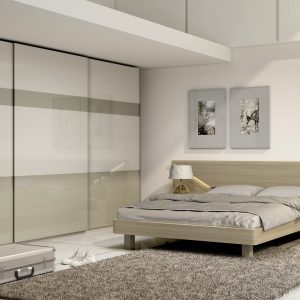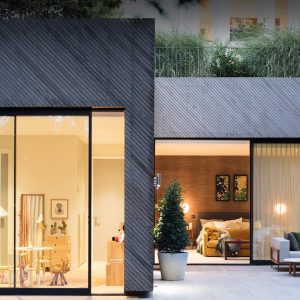Introduction
Lighting plays an integral role in the design and functionality of a library. It has the power to create a welcoming and stimulating environment that encourages learning and fosters creativity. In this article, we will explore some of the latest lighting ideas and trends that can be implemented in libraries to enhance their aesthetic appeal and functionality.
Natural Light
Natural light is an essential element in the design of a library. It provides a sense of openness and connection to the environment, which is crucial for the overall well-being of the users. Large windows that let in plenty of natural light can be the focal point of a library. They can provide a beautiful view of the surroundings and create a positive and uplifting ambience.
Artificial Lighting
Artificial lighting is equally important in the design of a library. It allows for flexibility and can be used to create various moods and settings. Here are some popular artificial lighting options that libraries can consider:
Task Lighting
Task lighting is used to illuminate specific areas where reading or writing tasks are performed. Adjustable table lamps or desk lamps can be used to provide focused lighting on individual study areas.
Accent Lighting
Accent lighting is used to highlight particular features or areas of a library. A ceiling-mounted spotlight can be used to illuminate a bookshelf or artwork, creating a focal point within the space.
Ambient Lighting
Ambient lighting can be used to create a warm and inviting atmosphere in a library. Soft, diffused lights can be strategically placed to create a relaxing and comfortable environment for reading and studying.
Color Temperature
The color temperature of lighting can influence the mood and feel of a library. Cool-toned lighting can create a bright and invigorating atmosphere, while warm-toned lighting can create a cozy and soothing environment. Libraries can choose the color temperature that best suits their needs and desired ambiance.
Smart Lighting
Smart lighting is a trend that is gaining popularity in libraries. It involves using lighting technology that can be controlled remotely using a smartphone, tablet or computer. This technology allows for precise control of the lighting levels and can be used to customize the lighting according to the users’ needs.
Energy Efficiency
Energy efficiency is a key consideration in the design and implementation of smart lighting in libraries. Energy-efficient LED lighting sources are rapidly becoming the preferred choice for lighting applications. They are more sustainable, provide longer life, and are cost-effective in the long run.
Daylighting Control
Daylighting control is another feature of smart lighting that is gaining popularity. It involves using sensors that detect the amount of natural light entering a room and adjust the artificial lighting accordingly. This technology allows for precise control of the lighting levels, reduces energy consumption, and makes the library more sustainable.



